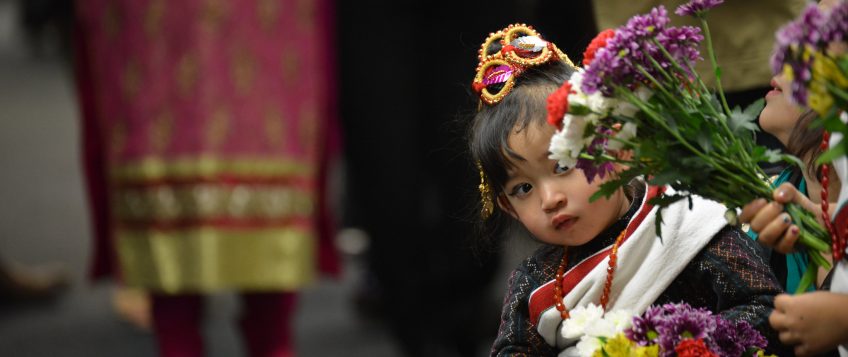Nepal Sambat History

Overview
Nepal Sambat is a culturally and historically significant calendar. It was widely used during the Malla period in the Kathmandu Valley. After Nepal’s unification, the Saka Sambat became more prominent. Chandra Shumsher Jung Bahadur Rana later adopted the Bikram Sambat. In recent decades, efforts to revive Nepal Sambat have grown. This is especially true in the Kathmandu Valley.
Historically, the Newar community relied on this calendar for cultural and religious observances, intricately tied to festivals such as Jatras celebrated throughout the Valley. Recognizing its historical importance, the Government of Nepal officially acknowledged Nepal Sambat as a national calendar in 2007. Consequently, many national newspapers now display this calendar alongside the Gregorian and Bikram Sambat systems.
Nepal Sambat serves as Nepal’s national lunar calendar, deeply rooted in the country’s medieval and early modern history. Nepal Sambat was widely used across Nepal until 1903 (BS 1960). Chandra Shumsher ended its official use. It began in 880 AD during King Raghav Dev’s reign. The calendar honors Sankhadhar Sakhwa, a local hero. He is believed to have cleared the debts of the Nepalese people.
According to folklore, he achieved this feat through alchemy, transforming sand from the Bagmati River into gold dust. While the Gregorian calendar dominates due to its global acceptance, the Nepal Sambat retains special cultural relevance, particularly among the Newar community. Among Nepal’s indigenous calendars, many have faded into obscurity, surviving only in religious almanacs known as Patro.
Characteristics of Nepal Sambat
Nepal Sambat, a variant of the Saka Sambat (a Hindu calendar), lags behind it by 802 years. It is a lunar calendar comprising 354 days in a year, as its months span 29 or 30 days based on the moon’s phases. To maintain alignment with the solar year, an intercalary month, known as adhik mas, is added every three years.
This calendar was inaugurated during King Raghav Dev’s reign, coinciding with the completion of Saka Samvat 802 on October 20, 879 AD. According to local legend, King Raghav Dev initiated the Nepal Sambat to avoid the approaching year 804, a number considered ominous by traditional beliefs. Even today, some individuals harbor superstitions about the numeral combination “804,” associating it with misfortune.
Structural and Cultural Significance
Nepal Sambat is a unique calendar named after the nation, not rulers or religious figures. It was introduced by Sankhadhar Sakhwa, a commoner who cleared the people’s debts. The calendar holds a special place in Nepal’s history. Contrary to belief, its use extended beyond the Kathmandu Valley. It influenced historical records in Tibet, China, and northern Indian kingdoms.
Post-unification, the calendar’s relevance persisted, evidenced by its inclusion in treaties such as the Sugauli Treaty. However, in 1903 AD, Rana Prime Minister Chandra Shumsher replaced the Nepal Sambat with the Bikram Sambat, a lunisolar calendar that remains Nepal’s official system today.
Sankhadhar Sakhwa has since been honored as a national hero, with ongoing calls to preserve and reinstate Nepal Sambat as the country’s official calendar. The Nepal Sambat New Year is celebrated annually during the religious Thar festival, observed a day after Laxmi Puja. The Newar community marks this occasion with Mha Puja (body worship), a ritual underscoring the sanctity of the human form.
Post a comment
You must be logged in to post a comment.

